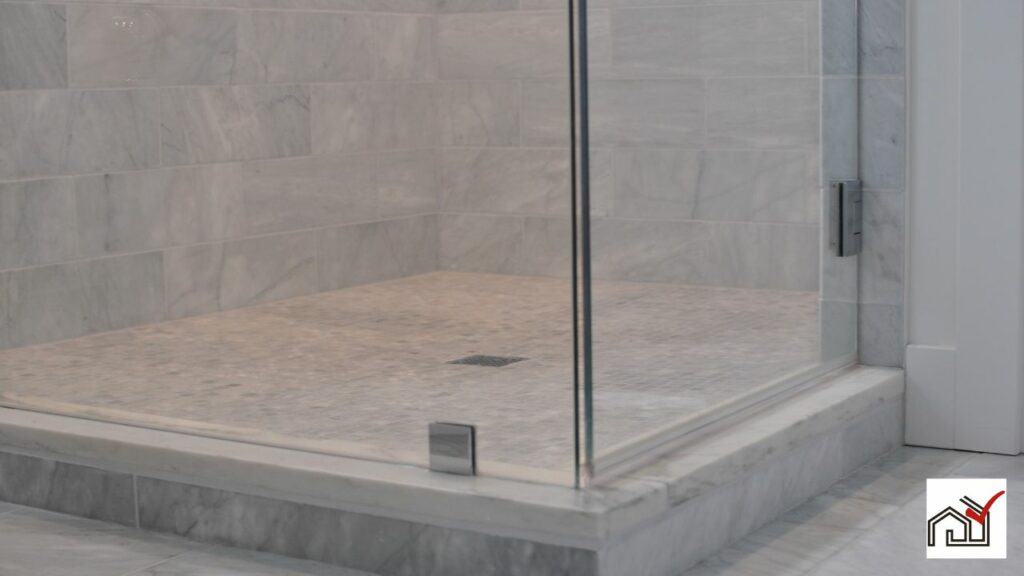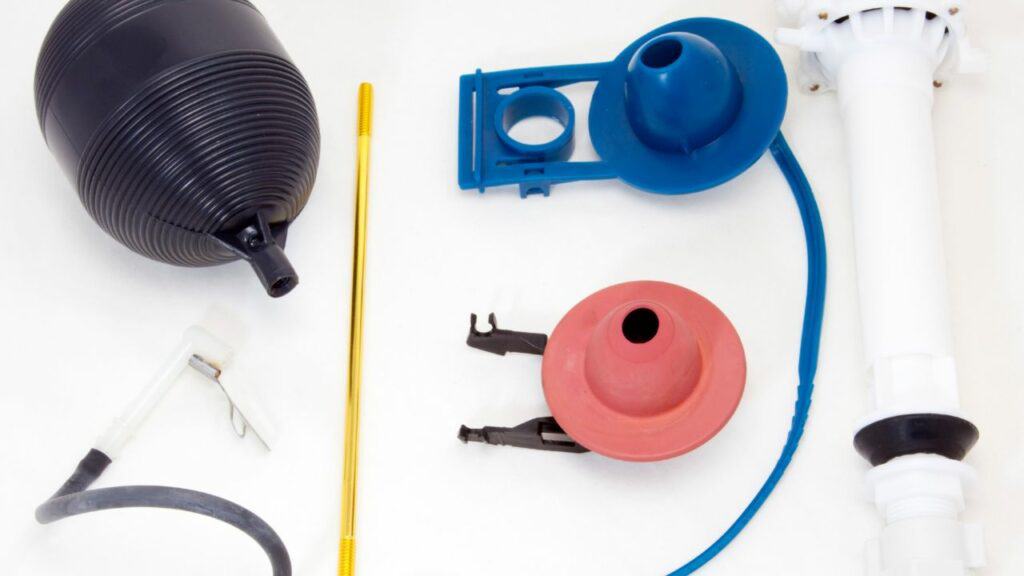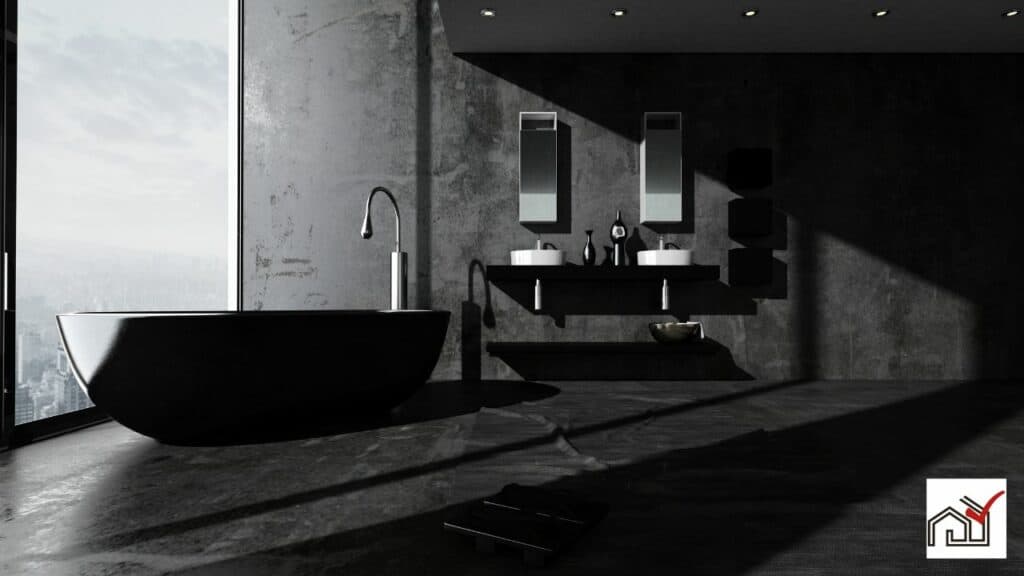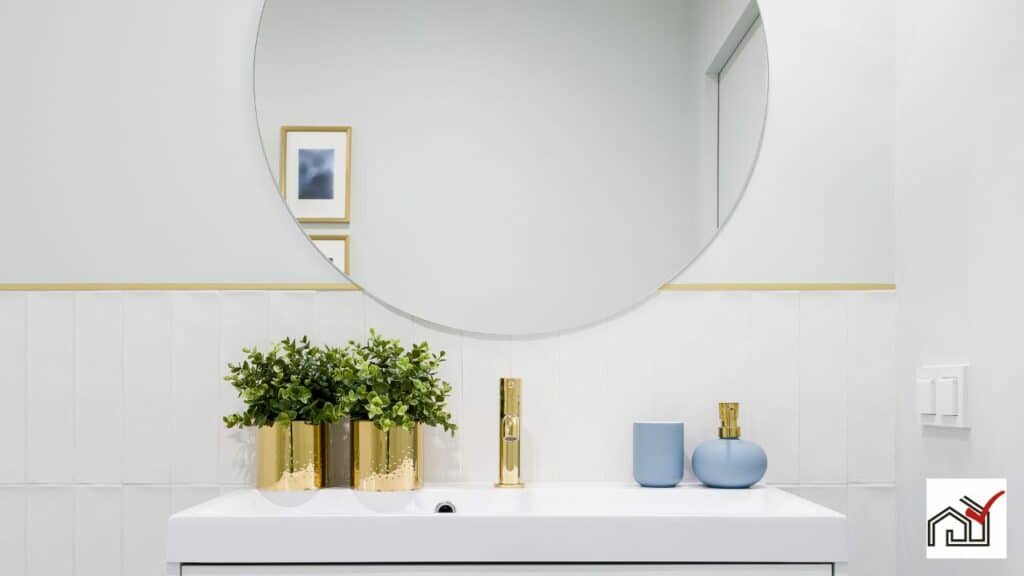Shower pans, also known as shower bases, are important for waterproofing and directing water to the drain in a shower enclosure.
Standard sizes for square shower pans range from 30×30 inches to 42×42 inches, suitable for small to medium bathrooms.
Rectangular shower bases are larger, starting at 42×32 inches and can go up to 60×42 inches, ideal for spacious bathrooms.
Corner and neo-angle shower bases have standard sizes between 32 inches and 36 inches.
There are also curbless and barrier-free options for better accessibility.
When choosing a shower pan, consider the size, material, threshold height, and installation requirements for the best fit in your bathroom.
Understanding Shower Pans
A shower pan, also known as a shower base, is a waterproof barrier that directs water to the drain and supports the shower area. It is essential for any shower installation to prevent water damage and maintain the shower's integrity. Shower pans are available in various sizes to fit different shower layouts and personal requirements.
Standard shower pan sizes range from 30-by-30 inches to 42-by-42 inches for square bases, and there are also rectangular options that provide more space and suit modern bathroom styles. Prefabricated shower pans offer a ready-to-install option for those with specific size constraints.
Materials used for shower pans include fiberglass, acrylic, and solid surface, each with unique benefits regarding durability, maintenance, and appearance. Prices for shower pans start at about $150 and can go over $3,500, mainly based on the material and size.
When choosing a shower pan, consider the drain location, which is predetermined in standard sizes but can be customized for made-to-order bases to fit existing plumbing and enhance drainage efficiency. Selecting the appropriate shower pan size and material is crucial for optimal shower function and longevity.
Standard Square Sizes
Standard square shower pans are commonly available in sizes from 30 inches to 42 inches to fit various bathroom spaces and designs. These dimensions are standard across manufacturers, making it easier to find a suitable shower base.
The 30-inch square shower pan is ideal for small bathrooms, while the 42-inch size is better for larger spaces, providing a more comfortable shower area.
Corner shower pans, designed for space efficiency, typically range from 32 to 36 inches. They fit into the bathroom corner to maximize space.
For accessibility or a modern look, zero-entry shower pans are available. They have no threshold, facilitating easy access, particularly for those with mobility challenges.
Rectangular Dimensions Range
Rectangular shower pans come in sizes starting from 42 inches by 32 inches, and go up to 60 inches by 42 inches. These sizes help fit various bathroom sizes and preferences, offering enough space for comfortable use.
Choosing the right shower pan is important for bathroom functionality and appearance. Standard rectangular sizes are made to fit well in most bathrooms, creating a roomy walk-in shower. This size range provides ample space for movement.
When installing a shower, the size of the shower floor should be taken into account. The standard sizes of rectangular shower pans are versatile enough to suit different bathroom sizes, and they come with various drain placements, such as central or on the edge, for installation flexibility.
Shower bases are made from materials like acrylic or molded stone, which are durable and easy to maintain. These materials withstand daily wear and tear, ensuring the shower remains a dependable part of the bathroom. The range of sizes available allows for a functional and attractive shower space design.
Neo-Angle and Corner Bases
Neo-angle and corner shower bases are designed to fit into small bathroom corners, saving space and enhancing aesthetics. Standard sizes range from 32 to 36 inches.
Neo-angle showers, with a pentagonal base, offer a modern look and efficient use of space, often featuring glass panels that make the bathroom feel open. These standard-sized bases facilitate easy installation and are made to be durable for everyday use.
Therefore, these shower bases are practical for small bathrooms, combining functionality with a space-efficient design.
Specialty and Custom Options
Specialty and custom shower pans are designed to meet specific bathroom renovation needs, offering flexibility in size and style. These pans allow for customization in dimensions and features to fit unique spaces and design preferences. Custom tile shower pans are a popular choice for a distinct appearance, available in various materials like natural stone or solid surface and a range of colors to match bathroom decor. They ensure the shower area blends with the overall bathroom design.
Custom shower pans can also cater to special requirements, such as low entry thresholds for accessibility or non-standard shapes. Drain locations can be tailored, with options for center or edge placements to suit the bathroom layout and plumbing.
Although custom shower bases might be more costly and take longer to produce compared to off-the-shelf models, they provide unmatched personalization. Homeowners can select materials and designs that align with their desired bathroom aesthetic.
Curbless and Barrier-Free Designs
Curbless and barrier-free shower pans provide a seamless floor transition in modern bathroom designs. These shower bases remove the need for a step-over curb, creating a walk-in shower that is both stylish and accessible. They cater to the needs of individuals with mobility issues and those seeking a modern aesthetic.
These shower pans come in standard sizes, making them suitable for most bathroom renovations without significant custom work. They can also be used in wet rooms, which are becoming more popular for their spacious design.
The design of curbless showers makes cleaning easier by reducing the places where water and soap scum can collect. They also help to keep water from escaping the shower area by directing it towards the drain.
Curbless and barrier-free showers are inclusive, increasing safety by preventing tripping hazards and providing easy access for everyone. They are a practical addition to any bathroom that aims to combine luxury with accessibility.
Material Choices and Durability
Material choice is crucial for shower pan durability and maintenance. Curbless and barrier-free showers utilize materials such as acrylic, fiberglass, solid surface, and cast iron, each affecting longevity and cleanliness.
Acrylic shower pans are durable, scratch-resistant, and easy to clean, making them a favorable option for lasting use and minimal upkeep. Their light weight simplifies installation.
Fiberglass shower pans are less expensive but less durable and can scratch and stain, requiring more maintenance and potentially reducing visual appeal.
Solid surface shower pans are sturdy, offer a non-slip surface, and have a seamless design that eases cleaning and provides a modern appearance.
Cast iron shower pans excel in durability and can handle heavy use but are heavy themselves, demanding consideration for the structural support of the installation site.
Custom shower pans allow for a tailored approach, offering a choice among materials to meet specific durability and design preferences.
Installation and Cost Considerations
The complexity and cost of installing a shower pan depend on its size, material, and the bathroom's layout. Homeowners must consider these factors when planning to install a new shower.
Prefabricated fiberglass shower pans are an economical choice, costing around $150 to $450. They fit various spaces and are suitable for smaller bathrooms or straightforward upgrades.
Opting for a shower without tiled walls can cut costs, as tiling requires more labor and increases the overall price. Custom shower pans are available but are more expensive due to the materials and the specialized installation process. It's advisable to get accurate price estimates from professionals before proceeding.
Curbless shower pans are accessible for the elderly or those with mobility issues but can be more expensive to install because they require precise sloping for water drainage.
Corner and neo-angle shower designs can save space in small bathrooms and may be less expensive due to their smaller size and reduced material needs.
Homeowners should weigh all these factors to make cost-effective and practical decisions for their bathroom renovations.




